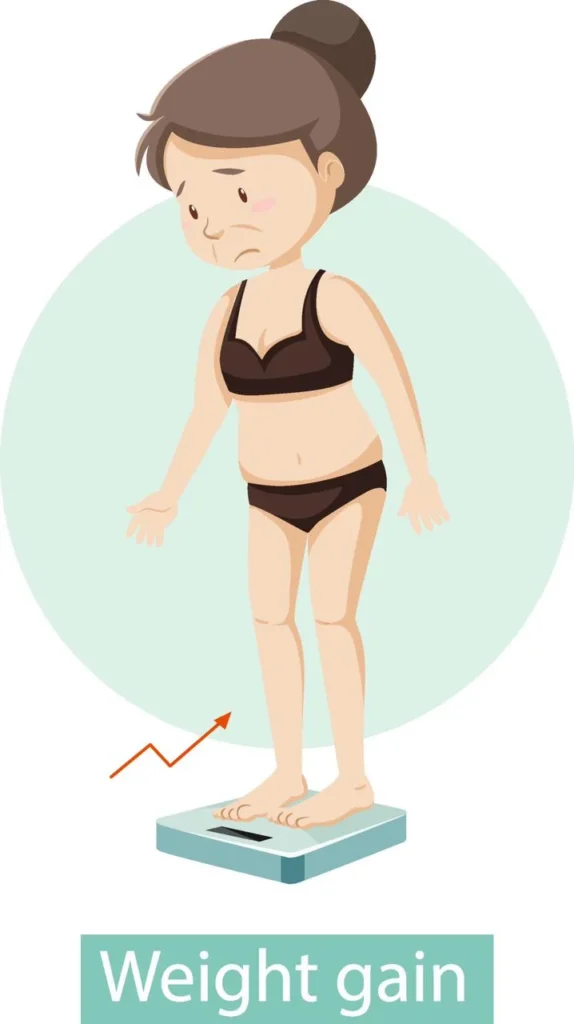Ever looked down and wondered why your belly button looks a bit droopy? You’re not alone. A saggy belly button may seem like a minor cosmetic issue, but it can affect your self-esteem and confidence. In this blog post, we’ll uncover the hidden causes of a saggy belly button.
We’ll also give practical solutions to reclaim a tight, youthful midsection. Whether you’re dealing with post-pregnancy changes, weight fluctuations, or simply aging skin, we’ve got you covered.
What is a Saggy Belly Button?
A saggy belly button, also known as umbilical ptosis, is when the navel appears to droop or hang lower than usual. This can happen for various reasons and affects both men and women. Understanding what a saggy belly button is can help you identify the root cause and take steps to correct it.
Causes of a Saggy Belly Button
Multiple factors can contribute to a saggy belly button. These include:
Weight fluctuations
Weight changes, particularly rapid weight gain or loss, can cause the skin around the belly button to stretch and sag. This is because the skin cells are not able to keep up with the changes and may become damaged.
Pregnancy
During pregnancy, a woman’s body goes through significant changes, including stretching of the abdominal muscles and skin to accommodate a growing baby. After giving birth, these stretched tissues may not fully bounce back, resulting in a saggy belly button.
Aging
As we age, our bodies produce less collagen and elastin, which are responsible for keeping our skin firm and elastic. This loss of elasticity can cause the navel area to droop over time.
Genetics
Some people are predisposed to have a saggy belly button due to their skin’s natural characteristics and the way their abdominal muscles are structured.
How to Fix Them
While a saggy belly button can be a source of concern, several effective solutions can help you restore its appearance. Here are some methods to consider:
Exercise
Engaging in core-strengthening exercises can help tone the abdominal muscles and tighten the skin around the belly button. Exercises such as planks, sit-ups, and leg raises target the midsection, providing firmness and support to the area.
Skincare
Incorporating skincare products that boost collagen and elastin production can improve skin elasticity. Look for creams or serums containing ingredients like retinol, hyaluronic acid, and peptides.
Healthy Diet and Hydration
Maintaining a balanced diet rich in vitamins, minerals, and antioxidants supports overall skin health. Adequate hydration is essential, as it helps maintain skin elasticity and reduces the risk of sagging.
Medical Treatments
For more severe cases, medical interventions such as laser treatments, radiofrequency therapy, or micro-needling can provide significant improvements. These treatments stimulate collagen production and tighten loose skin.
Surgery
In cases where non-invasive methods are insufficient, surgical options like a mini tummy tuck or an umbilicoplasty can offer a permanent solution. Liposuction is another medical procedure that can complement the efforts to address a saggy belly button by removing excess fat from the abdominal area. This technique involves the use of a suction device to target and eliminate stubborn fat deposits that do not respond to diet and exercise.
Understanding the Saggy Belly Button
A saggy belly button can be caused by a variety of factors, including aging, pregnancy, and weight fluctuations. While it may seem like a minor issue, it can have a significant impact on your self-esteem and confidence. Fortunately, there are several ways to address this concern, from lifestyle changes and skincare routines to surgical and non-surgical treatments.
For more helpful tips, check out the rest of our site today!







